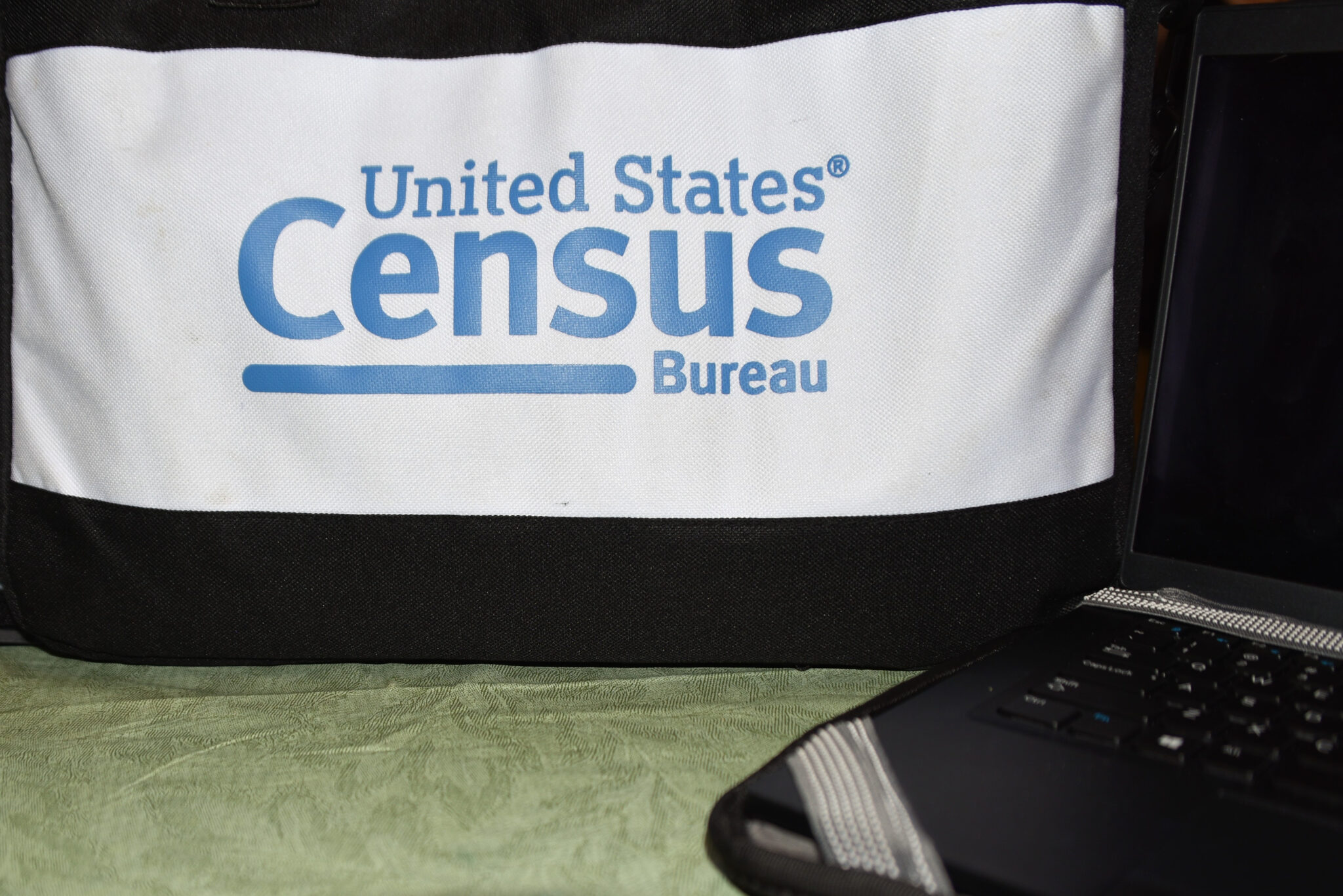Trump’s Census Order: What It Means

President Trump’s order to exclude undocumented immigrants from the 2025 census sets the stage for fierce legal battles and potential shifts in congressional power.
Story Snapshot
- Trump directs a new census to exclude undocumented immigrants, breaking 235 years of precedent.
- The move could reshape congressional districts and federal resource allocation, especially in states with large immigrant populations.
- Legal experts warn of constitutional challenges, while conservative leaders see a chance to restore representation for citizens.
- Redistricting fights escalate in Texas and other battleground states, intensifying partisan divisions.
Trump’s Directive: Excluding Undocumented Immigrants from the Census
On August 7, 2025, President Trump publicly announced a directive to the Department of Commerce to prepare a new national census, specifying that undocumented immigrants will not be counted. This action marks a dramatic break from the Census Bureau’s longstanding mandate to count all residents, regardless of legal status. The order arrives as redistricting tensions peak in states like Texas, where both Republicans and Democrats are vying for every seat ahead of the 2026 midterms. The impact could be immediate and profound, affecting how congressional seats and billions in federal resources are distributed.
Trump Orders New 'Highly Accurate' Census Excluding Illegals https://t.co/G61dfYBF3C
— Me (@MeriHolm) August 7, 2025
The directive’s timing is strategic, coinciding with the GOP’s slim majority in the House and ongoing battles over congressional maps. In Texas, Republican leaders are pushing to redraw districts, potentially gaining up to five seats, while Democrats have fled the state to block votes. Other states, notably New York and California, are also considering aggressive gerrymandering, although independent commissions are meant to limit overt partisanship. Vice President JD Vance’s recent visit to Indiana underscores the national scope of these redistricting efforts, making census data more critical than ever to the balance of power.
Watch: Trump wants to exclude undocumented immigrants from census
Historical Context: Census and Constitutional Mandates
For over two centuries, the U.S. Census has counted the “whole number of persons in each State,” a principle rooted in the Constitution and upheld by federal law. The Census Bureau has always maintained that accurate representation and funding require counting all residents. Trump’s current order, therefore, tests the limits of executive authority and revives debates about the Founders’ intent, individual liberty, and federal overreach—core issues for conservatives wary of manipulated counts that could favor left-leaning states.
The legacy of this constitutional mandate is now under threat, raising questions about whether the executive branch can unilaterally redefine who counts as a resident for apportionment purposes.
Legal and Political Fallout: Partisan Conflict and Court Challenges
The Commerce Department is reportedly initiating preparations for the new census, but operational details remain unclear. States with large immigrant populations, such as California, Texas, New York, and Florida, stand to lose representation and funding if undocumented immigrants are excluded. This would directly affect public services, infrastructure, and political influence in those regions.
The prospect of undercounting millions of residents threatens to destabilize planning and resource allocation. Partisan conflict over redistricting is expected to intensify, with both sides deploying legal and legislative strategies to protect their interests. The outcome of these battles will shape not just congressional representation but also the broader debate over the role of government, individual rights, and the sanctity of the Constitution.
Sources:
Trump orders new census excluding undocumented immigrants amid redistricting battles
